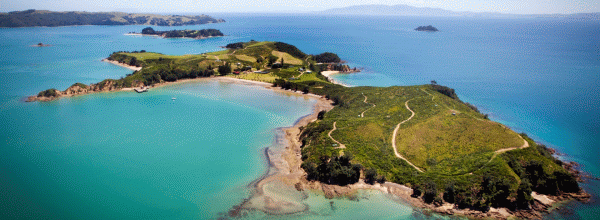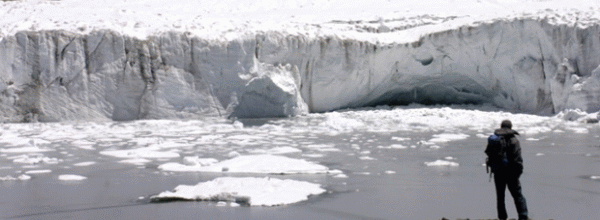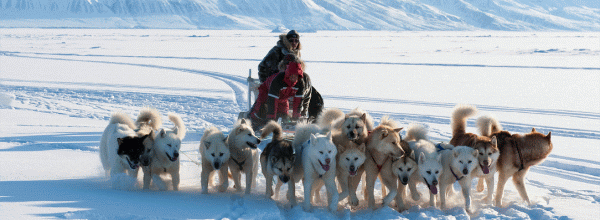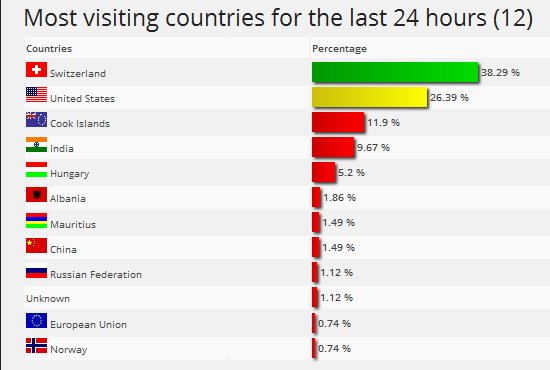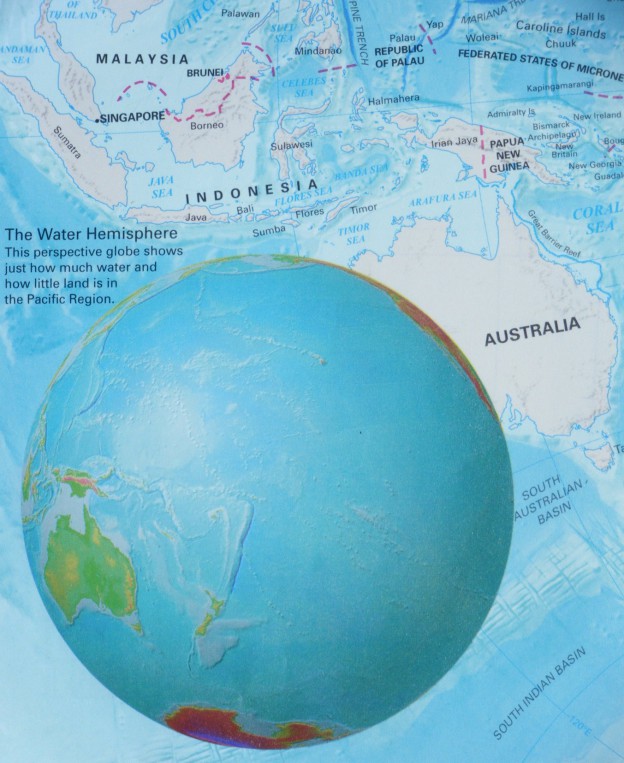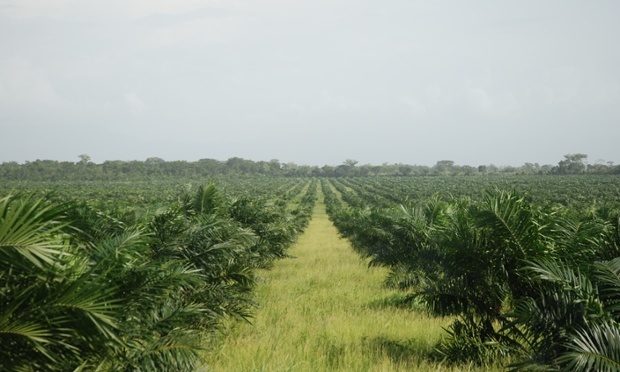Image: IPCC Logo – Intergovernmental Panel on Climate Change
Below are some discretionarily selected parts – with no further comments – from the summary of 5th IPCC report.
Ref: IPCC, 2014: Climate Change 2014: Synthesis Report. Contribution of Working Groups I, II and III to the Fifth Assessment Report of the Intergovernmental Panel on Climate Change [Core Writing Team, R.K. Pachauri and L.A. Meyer (eds.)]. IPCC, Geneva, Switzerland, 151 pp.
http://www.ipcc.ch/report/ar5/syr/
http://www.ipcc.ch/pdf/assessment-report/ar5/syr/SYR_AR5_FINAL_full.pdf
SPM 2.1: Key drivers of future climate (p.8-10)
Anthropogenic GHG emissions are mainly driven by population size, economic activity, lifestyle, energy use, land use patterns, technology and climate policy. The Representative Concentration Pathways (RCPs), which are used for making projections based on these factors, describe four different 21st century pathways of GHG emissions and atmospheric concentrations, air pollutant emissions and land use. The RCPs include a stringent mitigation scenario (RCP2.6), two intermediate scenarios (RCP4.5 and RCP6.0) and one scenario with very high GHG emissions (RCP8.5)… RCP2.6 is representative of a scenario that aims to keep global warming likely below 2°C above pre-industrial temperatures.
Multiple lines of evidence indicate a strong, consistent, almost linear relationship between cumulative CO2 emissions and projected global temperature change to the year 2100 in both the RCPs and the wider set of mitigation scenarios analysed in WGIII.
SPM 2.2: Projected changes in the climate system (p.10-13)
The increase of global mean surface temperature by the end of the 21st century (2081?2100) relative to 1986?2005 is likely to be 0.3°C to 1.7°C under RCP2.6, … and 2.6°C to 4.8°C under RCP8.59. The Arctic region will continue to warm more rapidly than the global mean.
It is virtually certain that there will be more frequent hot and fewer cold temperature extremes over most land areas on daily and seasonal timescales…”
Changes in precipitation will not be uniform. … In many mid-latitude and subtropical dry regions, mean precipitation will likely decrease, while in many mid-latitude wet regions, mean precipitation will likely increase under the RCP8.5 scenario. Extreme precipitation events over most of the mid-latitude land masses and over wet tropical regions will very likely become more intense and more frequent.
The global ocean will continue to warm during the 21st century, with the strongest warming projected for the surface in tropical and Northern Hemisphere subtropical regions.
Earth System Models project a global increase in ocean acidification for all RCP scenarios by the end of the 21st century… (15 to 17% increase in acidity) for RCP2.6, to (100 to 109%) for RCP8.5
Year-round reductions in Arctic sea ice are projected for all RCP scenarios. A nearly ice-free11 Arctic Ocean in the summer sea-ice minimum in September before mid-century is likely for RCP8.5.
It is virtually certain that near-surface permafrost extent at high northern latitudes will be reduced … projected to decrease by 37% (RCP2.6) to 81% (RCP8.5)…
The global glacier volume, excluding glaciers on the periphery of Antarctica (and excluding the Greenland and Antarctic ice sheets), is projected to decrease by 15 to 55% for RCP2.6 and by 35 to 85% for RCP8.5
SPM 2.3: Future risks and impacts caused by a changing climate (p.13-15)
“… A large fraction of species faces increased extinction risk due to climate change during and beyond the 21st century, especially as climate change interacts with other stressors (high confidence). Most plant species cannot naturally shift their geographical ranges sufficiently fast to keep up with current and high projected rates of climate change in most landscapes;
most small mammals and freshwater molluscs will not be able to keep up at the rates projected under RCP4.5 and above in flat landscapes in this century (high confidence). Future risk is indicated to be high by the observation that natural global climate change at rates lower than current anthropogenic climate change caused significant ecosystem shifts and species extinctions during the past millions of years. Marine organisms will face progressively lower oxygen levels and high rates and magnitudes of ocean acidification (high confidence), with associated risks exacerbated by rising ocean temperature extremes (medium confidence). Coral reefs and polar ecosystems are highly vulnerable…”
… By 2100 for RCP8.5, the combination of high temperature and humidity in some areas for parts of the year is expected to compromise common human activities, including growing food and working outdoors (high confidence).
In urban areas climate change is projected to increase risks for people, assets, economies and ecosystems, including risks from heat stress, storms and extreme precipitation, inland and coastal flooding, landslides, air pollution, drought, water scarcity, sea level rise and storm surges (very high confidence). These risks are amplified for those lacking essential infrastructure and services or living in exposed areas.
SPM 2.4: Climate change beyond 2100, irreversibility and abrupt changes (p.16)
“…Warming will continue beyond 2100 under all RCP scenarios except RCP2.6. … A large fraction of anthropogenic climate change resulting from CO2 emissions is irreversible on a multi-century to millennial timescale, except in the case of a large net removal of CO2 from the atmosphere over a sustained period.
Stabilization of global average surface temperature does not imply stabilization for all aspects of the climate system. Shifting biomes, soil carbon, ice sheets, ocean temperatures and associated sea level rise all have their own intrinsic long timescales which will result in changes lasting hundreds to thousands of years after global surface temperature is stabilized.
There is high confidence that ocean acidification will increase for centuries if CO2 emissions continue, and will strongly affect marine ecosystems.
It is virtually certain that global mean sea level rise will continue for many centuries beyond 2100… The threshold for the loss of the Greenland ice sheet over a millennium or more, and an associated sea level rise of up to 7 m, is greater than about 1°C (low confidence) but less than about 4°C (medium confidence) of global warming with respect to pre-industrial temperatures.
Magnitudes and rates of climate change associated with medium- to high-emission scenarios pose an increased risk of abrupt and irreversible regional-scale change in the composition, structure and function of marine, terrestrial and freshwater ecosystems, including wetlands…”
SPM 3.1: Foundations of decision-making about climate change (p.17)
“… Countries? past and future contributions to the accumulation of GHGs in the atmosphere are different, and countries also face varying challenges and circumstances and have different capacities to address mitigation and adaptation. Mitigation and adaptation raise issues of equity, justice and fairness. Many of those most vulnerable to climate change have contributed and contribute little to GHG emissions. Delaying mitigation shifts burdens from the present to the future, and insufficient adaptation responses to emerging impacts are already eroding the basis for sustainable development…
Climate change has the characteristics of a collective action problem at the global scale, because most GHGs accumulate over time and mix globally, and emissions by any agent (e.g., individual, community, company, country) affect other agents. Effective mitigation will not be achieved if individual agents advance their own interests independently…”
